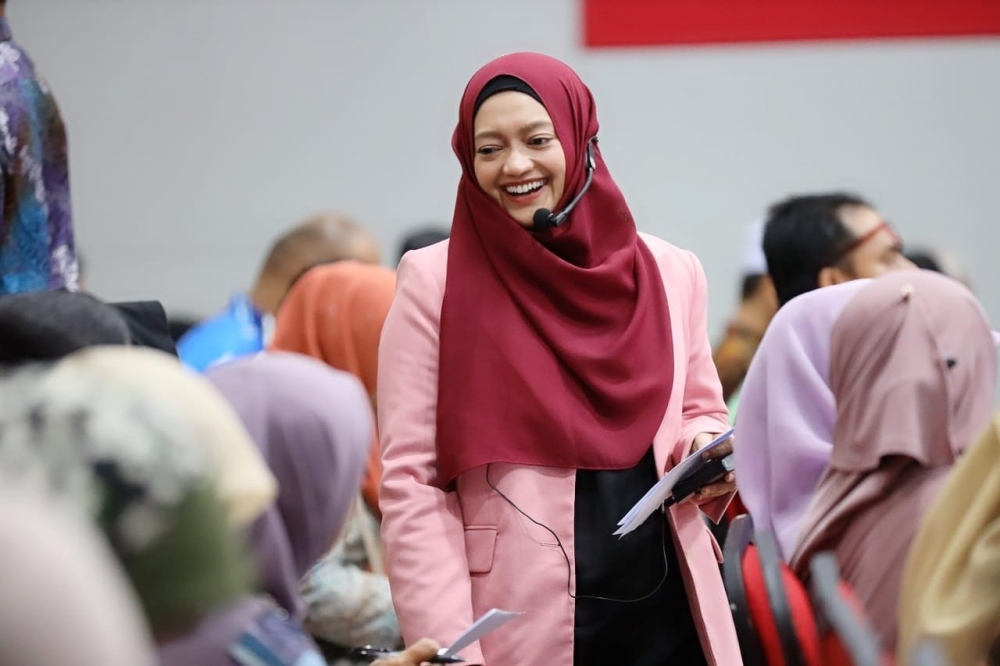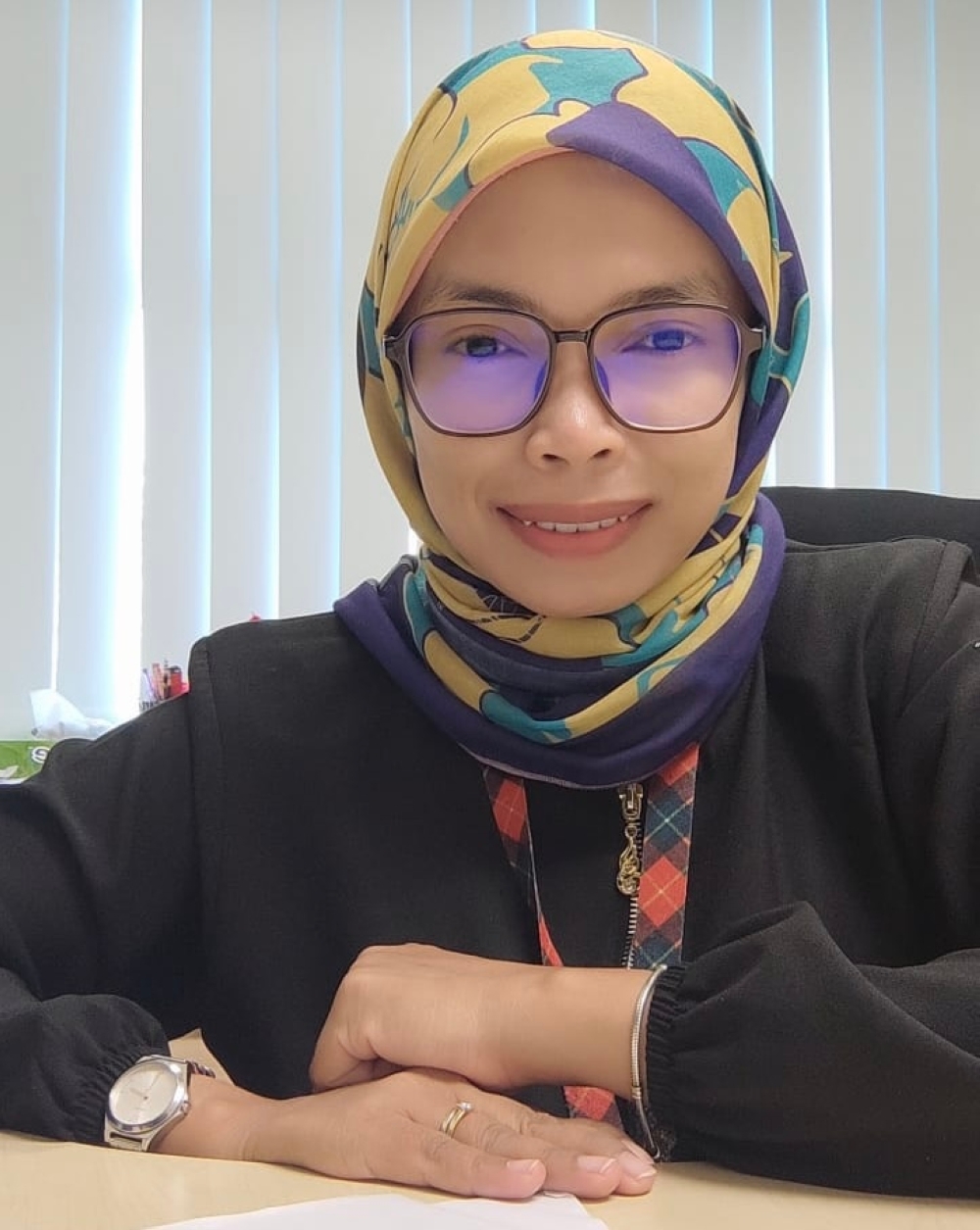KUALA LUMPUR, May 2 6— Give her two paragraphs of your handwriting with your signature and Azura Hashim can seamlessly read your character, as if she had some magical superpower.
The “superpower” comes from graphology, a centuries-old study of handwriting.
For graphologists, the size, slant, spacing, pressure, rhythm and the individual characteristics of every letter we write reveal our personality.
“Just the way you write ‘t” tells at least 10 things about your personality,” Azura, a handwriting analyst for over 12 years now, said.
Azura, a doctorate holder in international business, became fascinated with handwriting after taking online courses on graphology from the United States while lecturing at University of Malaya.
She has authored five books on the subject, including an employer’s handbook on graphology, and conducts workshops through her company, Medipro Ventures.

Azura also trains human resource professionals in corporate companies to screen prospective employees based on their handwriting.
“Your handwriting reflects your thinking pattern. It is a manifestation of what your subconscious mind stores.
“We can identify over 100 personality traits through handwriting.
“Those who write letters ‘g’ and ‘y’ with big lower loops, for example, are highly energetic extroverts who love meeting and networking with people.
“If the loops of ‘g’ and ‘y’ are thicker towards the end, the person might have a tendency to be physically abusive.
“And, if the upper zone of the letter ‘h” is thicker, the person might be sharp-tongued,” she explained.
Azura, however, noted that graphologists cannot ascertain the age, gender or the hand dominance of a person through their handwriting.
She also stressed that graphology is not a fortune-telling tool since the accuracy and reliability of handwriting analysis are backed by scientific methods.

AI application in the works
Graphology is set to enter the artificial intelligence (AI) ring in Malaysia soon, thanks to a team of researchers from Universiti Teknikal Malaysia Melaka (UTEM) working with Azura.
The team, led by Noor Fazilla Abd Yusof from the Intelligent Computing and Analytics (ICA) department at the university’s Faculty of Information and Communication Technology, is currently developing an AI-based graphology analysis application.
Azura is assisting the team to interpret complex handwriting patterns and to develop a code book for the AI model.
If successful, the AI application will allow companies to conduct personality assessments and determine job placements, reducing job mismatch in the corporate world.
“We have developed a proof of concept for the AI model and we are now completing a prototype for industry use.
“Concurrently, we are also working on developing a mobile app using the AI model for users to download and analyse their handwriting,” Noor Fazilla said.
Noor Fazilla, a former programmer with a doctorate in computing science from the University of Aberdeen, discovered graphology as a means for early detection of mental illnesses during her research in 2019.
The upcoming AI model, she said, can eliminate biases and provide high precision analysis, besides speeding up the process.
“For example, the pen pressure in a handwriting can vary according to different observers in manual analysis.
“The AI model application, however, can measure the intensity of pen pressure and other aspects like the tilt and slant of a handwriting more precisely.
“It is meant to complement, not replace manual handwriting analysis,” she said.






















